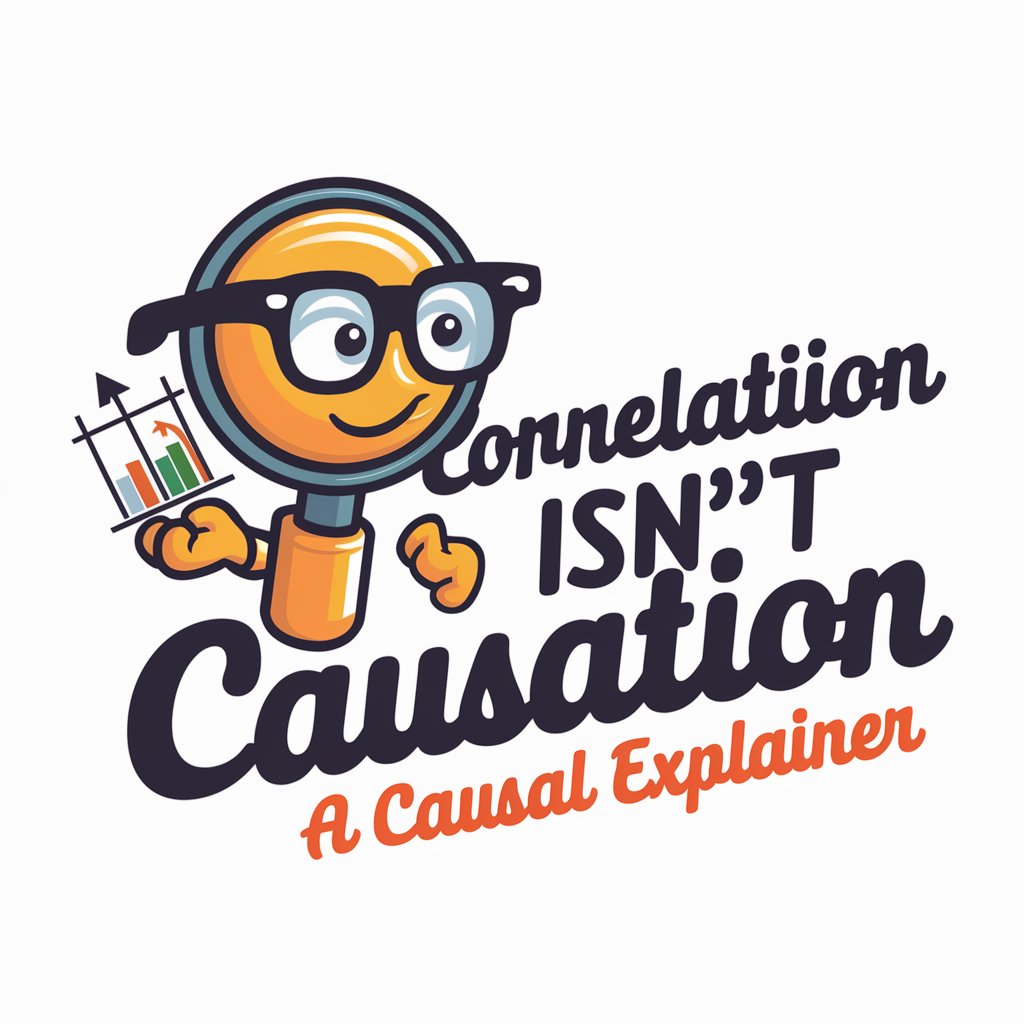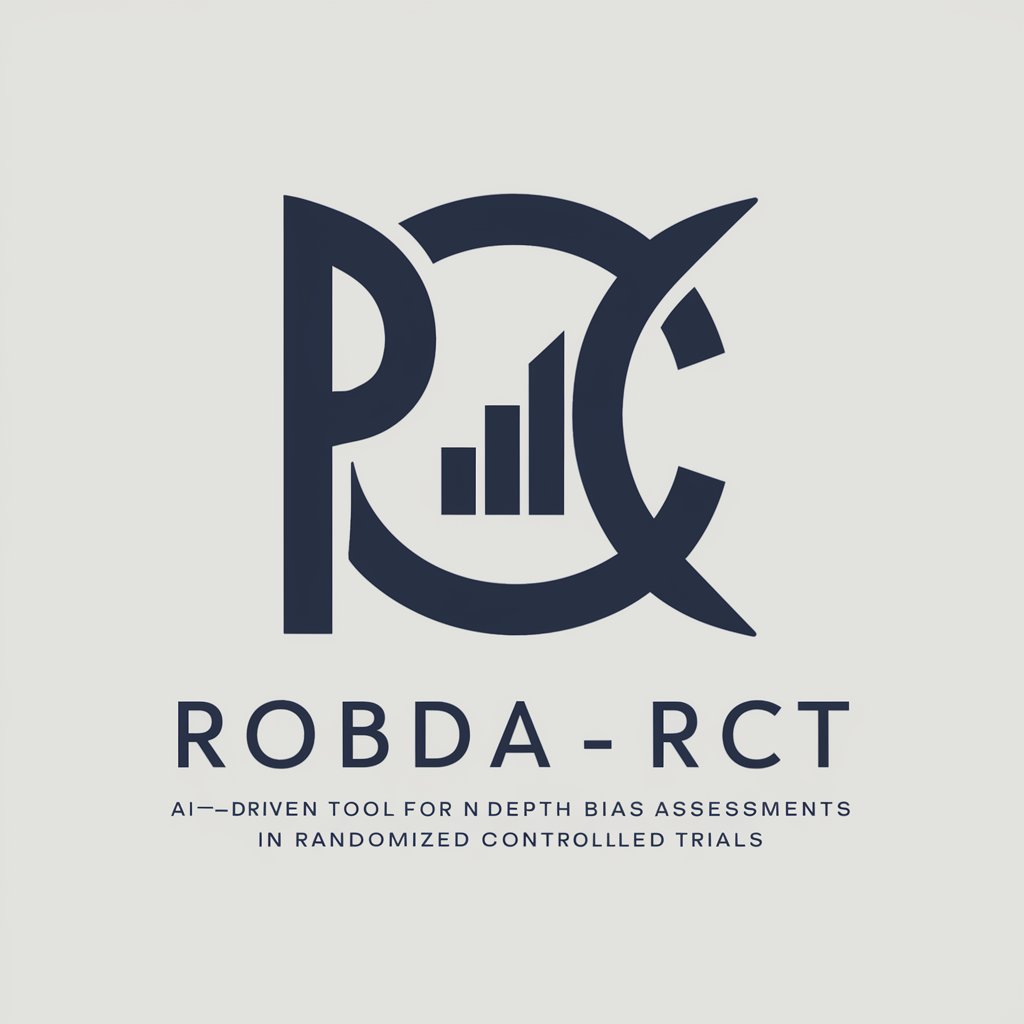
Causal Rater - Causal Analysis Tool

Welcome to Causal Rater, your guide to unraveling direct causation in narratives.
Unraveling narratives with AI-powered causality
Analyze the causal relationship between...
Identify the direct cause of...
Rate the strength of the causation between...
Evaluate the impact of event A on event B by...
Get Embed Code
Introduction to Causal Rater
Causal Rater is designed to discern and rate the direct causation between events within narratives, focusing on identifying primary causes for effects while distinguishing between thematic links and true causation. This tool is adept at evaluating both immediate and potentially long-reaching direct causal relationships within a story, ensuring a comprehensive understanding without being misled by transitive chains or thematic similarities. For instance, if a character's decision to procrastinate on their homework leads to a series of events culminating in a late-night study session, Causal Rater would identify and rate the direct causal links between the decision and its immediate consequences, and further explore how it impacts the character's actions later in the narrative. Powered by ChatGPT-4o。

Main Functions of Causal Rater
Rating Direct Causal Relationships
Example
In a story where a character decides to walk instead of taking the bus, leading to an unexpected meeting, Causal Rater would rate the causality of the decision directly leading to the meeting.
Scenario
Useful in literary analysis or storytelling workshops where understanding the impact of character decisions on plot development is crucial.
Identifying Long-distance Causal Pairs
Example
If a character's early decision to save money indirectly leads to a significant purchase that changes their life, Causal Rater identifies and rates this indirect yet direct causal relationship.
Scenario
Beneficial for writers and analysts looking to refine plot structures or identify key moments that drive narratives forward.
Distinguishing Between Thematic Links and True Causation
Example
Causal Rater differentiates between events that are thematically related and those that have a direct causal link, such as a thematic focus on redemption and the specific actions that lead to a character's redemption.
Scenario
Useful for educators and students analyzing literature or films, ensuring a deeper understanding of the narrative's structure and themes.
Ideal Users of Causal Rater Services
Writers and Storytellers
Individuals crafting narratives who need to ensure their storylines have clear, logical progressions and that pivotal events are causally connected in a manner that enhances the narrative's coherence and impact.
Educators and Students
Those engaged in the study of literature, film, or any storytelling medium, who benefit from a structured analysis of causal relationships to deepen their comprehension and appreciation of the narrative complexities.
Literary and Film Analysts
Professionals and enthusiasts analyzing narratives to uncover deeper meanings, thematic explorations, and structural integrity, ensuring a nuanced understanding of the causal mechanisms driving the story.

How to Use Causal Rater
Step 1
Start by visiting yeschat.ai for a complimentary trial, accessible without the need for login or subscription to ChatGPT Plus.
Step 2
Upload your text or narrative document directly into the Causal Rater tool interface.
Step 3
Specify or highlight the sections of the text you wish to analyze for causal relationships.
Step 4
Review the generated causal analysis, which includes direct causation ratings between events in your text.
Step 5
Utilize the insights to refine your understanding, research, or narrative, ensuring it aligns with logical causality.
Try other advanced and practical GPTs
Advice Guru Later Life Lending
Empowering Retirement with AI

Latex
Streamline Your Professional Typesetting

The Laser Chess Gamemaster
Strategize and Conquer with AI
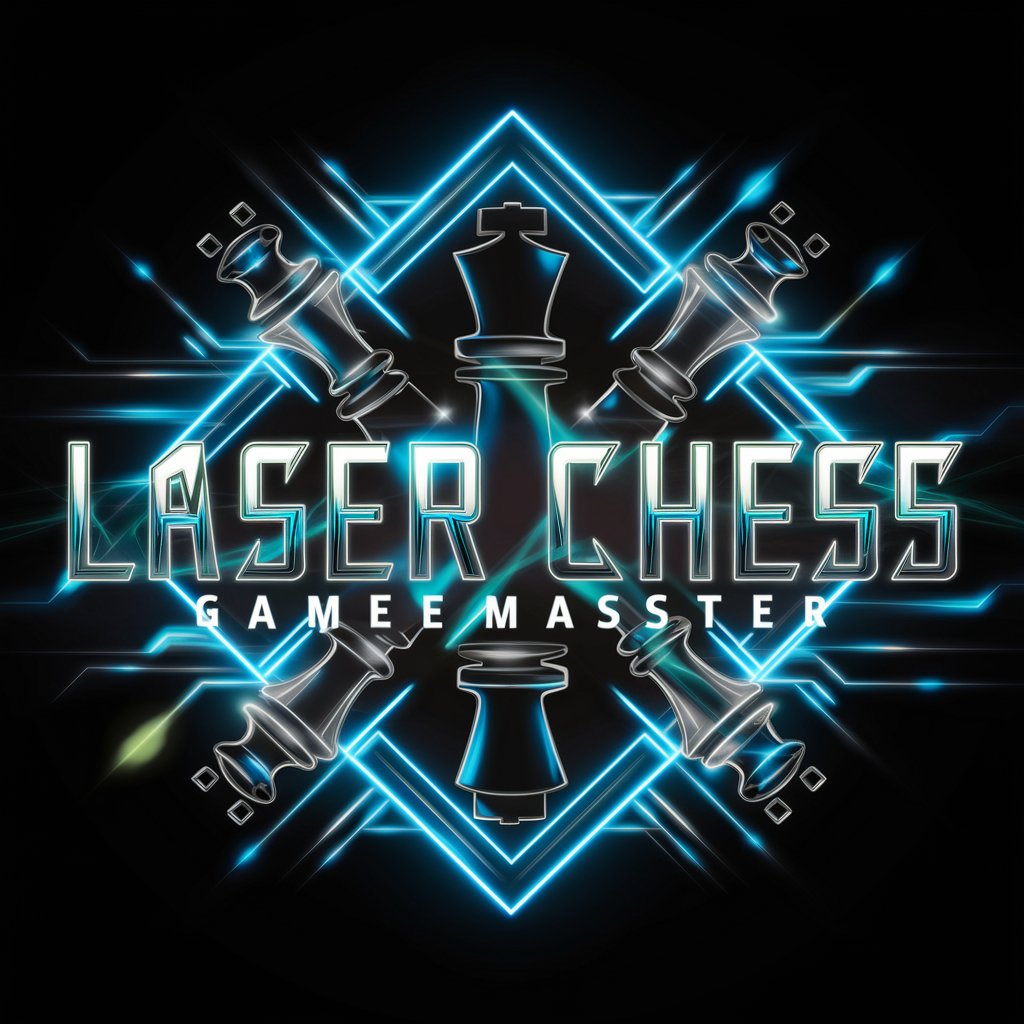
10 Years Later
Visualize Your Future with AI

Later Chinese Art Tutor
Illuminate Chinese Art's Evolution with AI

メール応答秘書
AI-Powered Email Etiquette Assistant

History Helper
Empower Your Historical Understanding with AI

History Explorer
Explore history with AI-driven insights.
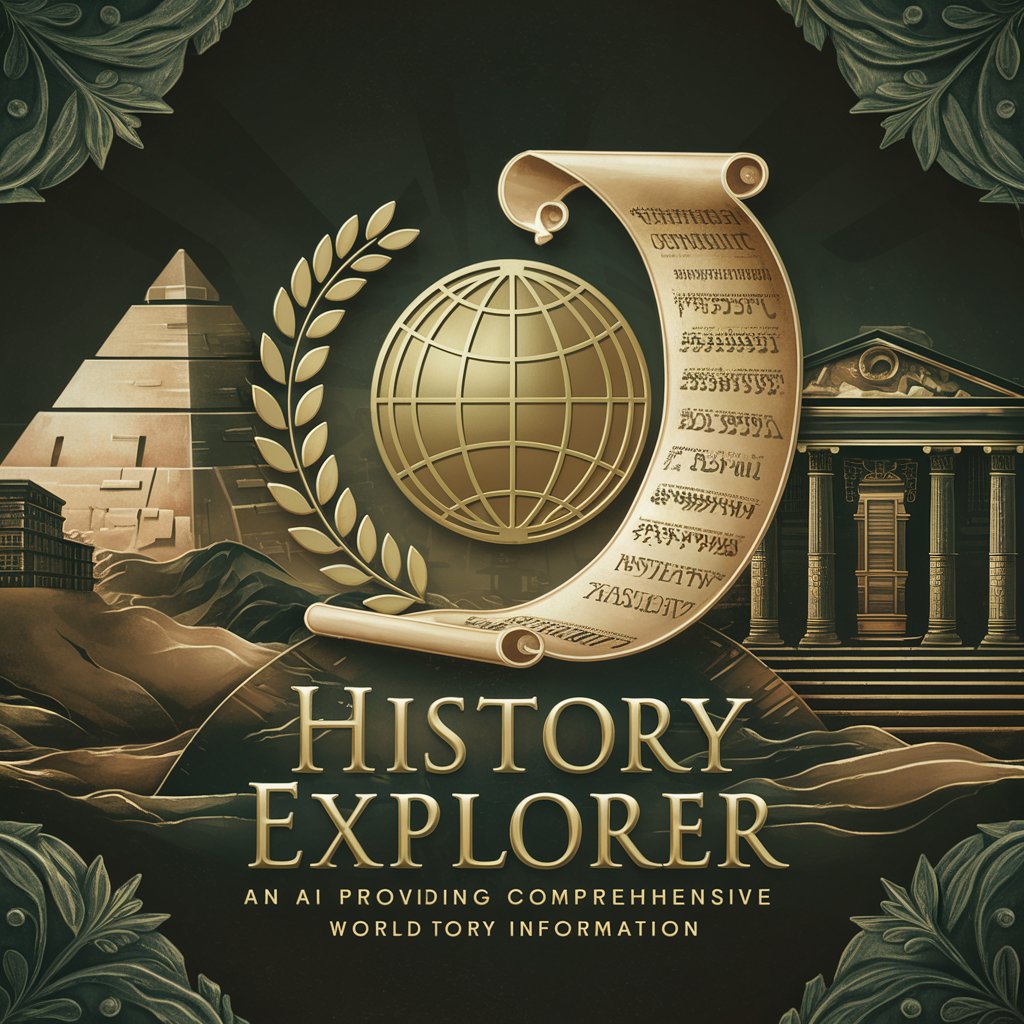
History Mentor
Unravel history with AI precision

History Helper
Explore African History with AI

Rustacean Education
Empowering Rust Development with AI

LazyWizardary Turbo
Empowering Decisions with AI Insight
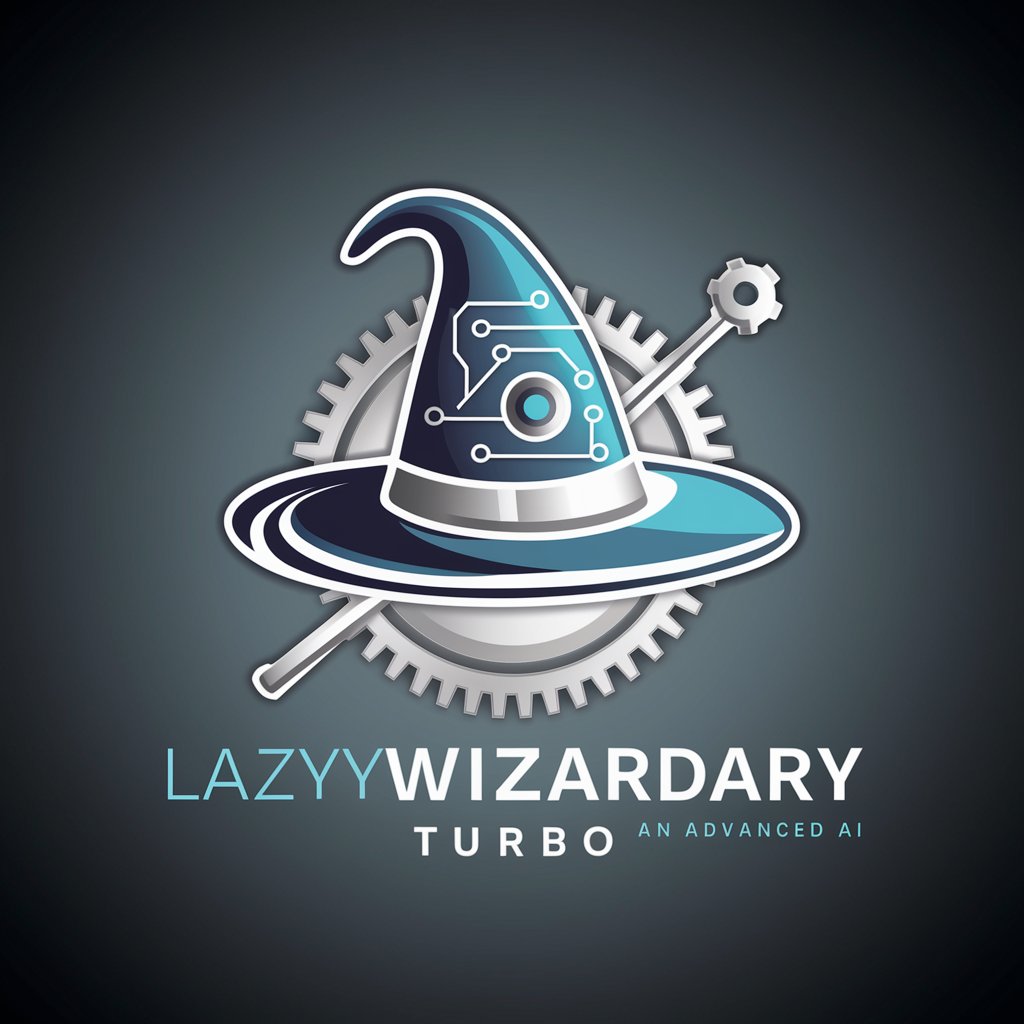
FAQs about Causal Rater
What is Causal Rater?
Causal Rater is an AI-powered tool designed to identify and rate the direct causal relationships between events in a narrative, providing a numerical rating to indicate the strength of each relationship.
Can Causal Rater analyze any type of narrative?
Yes, Causal Rater can analyze a wide range of narratives, from academic texts to creative stories, as long as the narrative contains events that can be evaluated for causal relationships.
How does Causal Rater differentiate between direct and indirect causality?
Causal Rater uses advanced algorithms to distinguish between direct causality, where one event directly leads to another, and indirect or thematic relationships that do not constitute a direct cause-and-effect link.
Is Causal Rater useful for academic research?
Absolutely. Causal Rater can aid researchers in identifying and understanding the causal structures within their data or literature, helping to clarify complex relationships for deeper insights.
How can writers benefit from Causal Rater?
Writers can use Causal Rater to ensure their narratives follow logical causality, enhancing story coherence and depth by accurately linking events and consequences.

